Streetwave See Mobile Broadband Coverage Improve Across Mid Wales

Network analyst firm Streetwave, which is using bin lorries to help map the coverage and performance of 4G and 5G mobile (broadband) networks across 113 UK councils, has revealed how much the £1bn Shared Rural Network (SRN) project has helped to improve mobile coverage across mid-Wales over the past 9 months – O2 saw the strongest improvement.
Just to recap. Streetwave has spent the past couple of years harnessing waste (bin / refuse) collection trucks to map mobile network coverage and performance across various parts of the UK (e.g. here, here, here, here and here). In this setup, bin lorries are installed with several off-the-shelf Smartphones using software from Streetwave, which run continuous network tests as the vehicles go around their routes (once every 20 metres in rural areas and 5m in urban areas).
The data they collect can then be used by local authorities to help identify areas that may require additional intervention in order to improve local mobile coverage or network capacity. In addition, members of the public have also been given access to some of this data via address-based coverage checkers and interactive maps, although this isn’t yet available for every location they study.
Advertisement
In this case, Streetwave has examined how mobile coverage has changed in the very rural mid-Wales region. Much of this change has been fuelled by the SRN project – supported by £501m of public funding and £532m from operators. This involves both the reciprocal sharing of existing masts in certain areas and the demand-led building and sharing of new masts in others between the operators (MNO).
The target of the SRN is to extend geographic 4G coverage (aggregate) to 95% of the UK by the end of 2025, which falls to 84% when only considering the areas where you’ll be able to take 4G from all providers. Streetwave thus set the coverage threshold for this survey as locations where a user receives at least 2Mbps download speeds (mobile broadband), which is also Ofcom’s minimum threshold for SRN compliance.
Results – Streetwave Study of Mobile Coverage in Mid Wales
Coverage levels in June 2024:
1. EE – 85%
2. Vodafone – 71%
3. Three UK – 70%
4. O2 – 62%Coverage levels in March 2025:
1. EE – 85%
2. Vodafone – 78%
3. Three UK – 74%
4. O2 – 72%This represents the following improvements:
1. O2 +10% coverage
2. Vodafone +7% coverage
3. Three UK +4% coverage
4. EE No change (but remains the strongest performer)
Clearly, the majority of mobile operators have improved their mobile coverage during the most recent 9-month period, with O2 and Vodafone seeing the biggest improvements. No doubt the impact would be much bigger if Streetwave’s data stretched all the way back to the start of the SRN scheme. By comparison, EE has remained largely static, but that’s because they’d already delivered superior mobile rural coverage in prior years and everybody else is still playing catch-up.
Mark is a professional technology writer, IT consultant and computer engineer from Dorset (England), he also founded ISPreview in 1999 and enjoys analysing the latest telecoms and broadband developments. Find me on X (Twitter), Mastodon, Facebook, BlueSky, Threads.net and Linkedin.







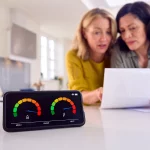
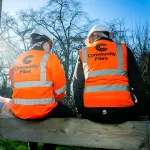


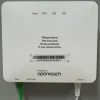
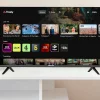


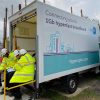

































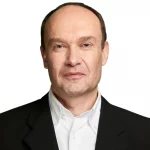
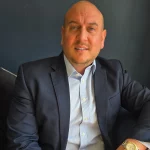



Comments are closed